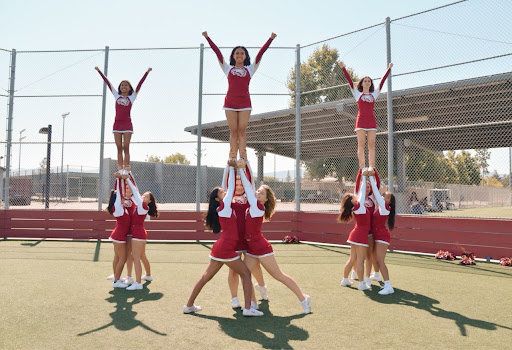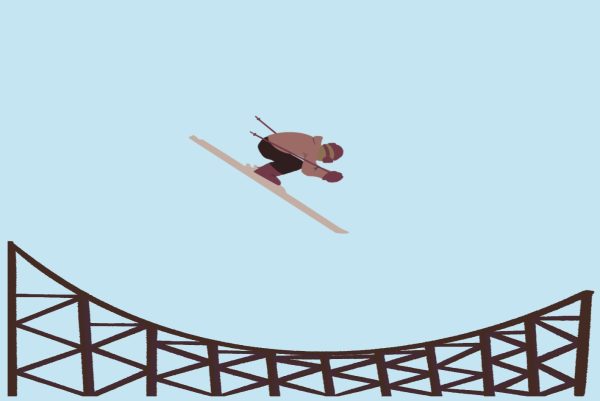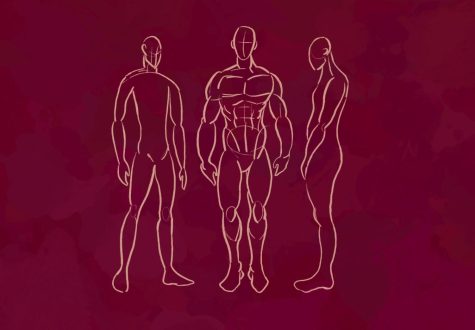Cheer is a real sport

Photo courtesy of Francisco Beth
Cheerleading is often overlooked and not considered a real sport by many people. This is simply untrue. Cheerleading involves a high level of dangerous stunts and moves/routines that result in a large number of injuries annually. Due to that, it is ridiculous to not identify cheerleading as a competitive or difficult sport.
Contrary to common belief, cheerleading has many different forms. When most people think about cheerleading, they think about the cheerleaders on the sidelines during football games. This type of cheerleading is called sideline cheer.” In this type of cheerleading, a group cheers on the sidelines of football and basketball games, doing a variety of school-specific cheers and often stunting and tumbling as well. In terms of competitions, the highest level of difficulty and the most commonly known is All-Star cheerleading. The focus of All-Star cheerleading is to compete a two minute and 30 second routine across the country (and for some teams, across the world) against other teams. You compete by division, which is divided by age, level and size. Throughout the season, teams compete and attempt to earn bids to the end of season competition; for levels 1-5, the competition is called Summit, and for level six and seven teams, this competition is called Worlds. The two other less known types of cheerleading are Pom and Pop Warner.
Every form of cheer comes with its own dangers; the biggest one being stunting, which is used in all forms. Stunting is the action of a group of people lifting a cheerleader into the air. The groups are typically made up of three people. The people on the top are called flyers because they are high up in the air. They are also called top girls due to their position on the top of the stunt. In a basic stunt, there is one person underneath each of the flyers’ feet; these people are called bases. There is a side base and main base, and each has specific grips to hold the foot. Finally, the person behind the stunt, holding onto the flyers ankles, is the backspot: their job is to keep the flyers from falling backwards. Flyers can go up to 10 feet into the air, putting them and the bases at major risk of injury. As such, stunts are highly intricate and require every single person to do their jobs in order to successfully execute the stunt.
Though some people disregard cheerleading as a professional sport, cheer has qualities that make it recognizable as one. People need to put aside feelings of bias and look at cheer as a sport with a level of difficulty and danger comparable to other sports.











